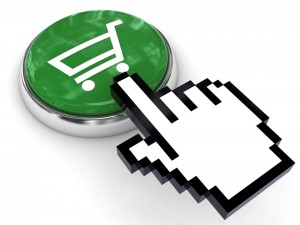 Back in 2007, the NY Times published an article about “The Google Way.” The premise behind the Google Way is to give engineers 20% of their time to spend on new company related ideas and projects that interest them. For a while this became the management strategy du jour as every large company attempted to inject a culture of spirit and creativity into their businesses (with very mixed results).
Back in 2007, the NY Times published an article about “The Google Way.” The premise behind the Google Way is to give engineers 20% of their time to spend on new company related ideas and projects that interest them. For a while this became the management strategy du jour as every large company attempted to inject a culture of spirit and creativity into their businesses (with very mixed results).
Even Google recognized that the strategy was flawed. Large initiatives generated from The Google Way projects begin to distract them from their core business.
Taking the reins as CEO in 2011, Larry Page announced a new focus with “more wood behind fewer arrows.” Google put guardrails on how innovation time is spent: “Urgency without alignment is wasted energy.”
Marketing organizations have taken a page from the Google playbook. In my previous post, I noted the disparity in organizations with marketing innovation budgets (who has them, who doesn’t), and highlighted some examples of organizations putting their innovation dollars to good use. But how do we validate and prioritize those innovation ideas, align them to our marketing goals, and execute?
Lowe’s home improvement stores is getting ready to release a sales-robot to help their customers navigate their stores more easily. The robot is a brainchild of the company’s Innovation Lab, a technology company-within-a-company. The Innovation Lab uses a technique they call “science-fiction prototyping.” Team members include profession science fiction writers! Next item in their innovation funnel is a “holoroom” that will allow customers to simulate renovation projects. Lowe’s is betting on a future where people interact with in-store and virtual technology in new ways.
This summer, Mondelez International, the maker of Oreo cookies, created a promotional campaign for their new mini-Oreo by sending one tiny cookie per household to people living in small US cities. The campaign backfired. As one newspaper columnist in Great Falls, Montana noted: It’s like [Oreo] said, “We’re sorry you have to live in the middle of nowhere – here, have a cookie.”
While this campaign caused a PR headache, it’s obviously not a catastrophic fail for the company. I’m sure people in small towns will continue to eat Oreos. Mondelez missed the mark on understanding their target audience. Innovation must be aligned with customer insight: The data has to support to the customer, not the organization. Kraft’s social learning lab – called The Looking Glass - helps the company understand “consumers at the speed of culture.” A team of people analyze digital consumer behavior (both internal and external) and use that information to inform product and marketing decisions.
As you’re starting or expanding your marketing innovation capabilities, data-driven decisioning will shape your innovation pipeline. By analyzing customer information, you can start to weed out the good ideas from the bad. After all, who just wants one cookie??
And as customer expectations for real-time interactions increase, your need for real-time decisioning will increase. Take a closer look at how well real-time decisioning can integrate into your overall marketing scheme. You'll know every time how many cookies are expected, and also which flavor and whether they want milk with it. Let me know what you think.
